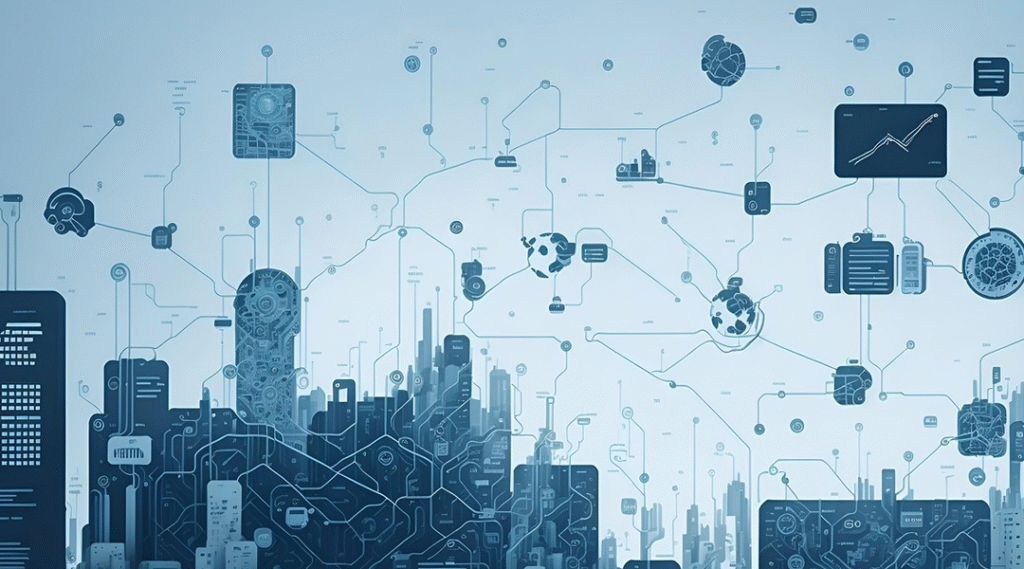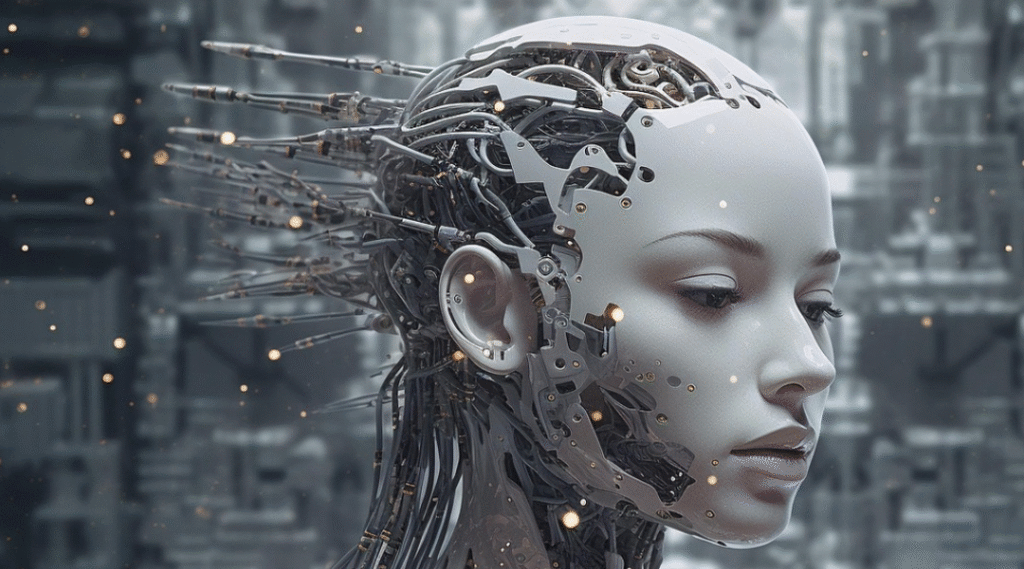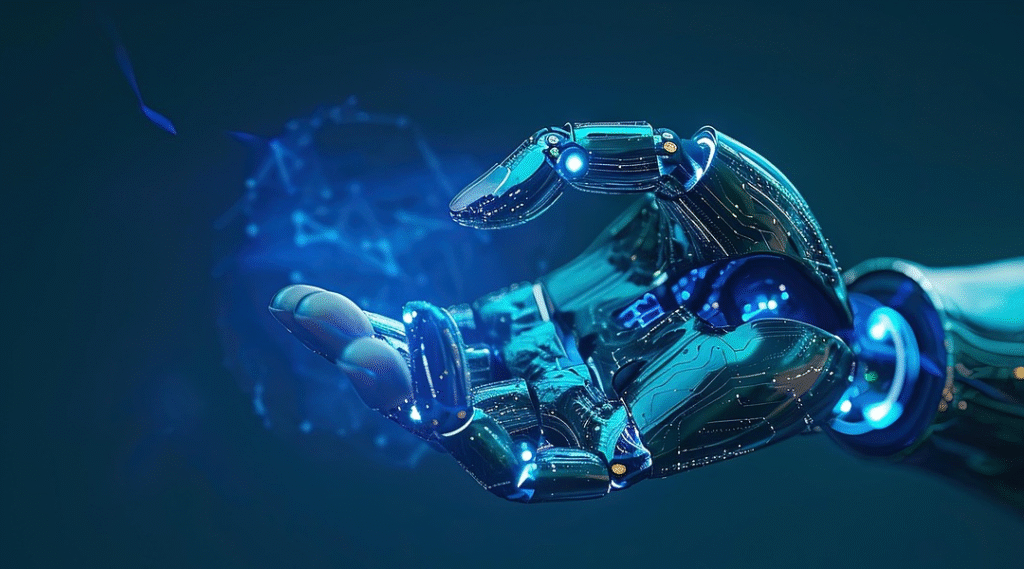From the moment we wake up to the time we fall asleep, artificial intelligence (AI) quietly orchestrates countless facets of our daily routines. Though often invisible, AI-powered technologies and algorithms influence how we communicate, shop, work, and even think. This article explores the myriad ways AI integrates into everyday life, driving convenience, personalization, and efficiency—while also raising important ethical and social considerations.
1. Personalized Digital Experiences
Arguably the most visible impact of AI is in the personalization of content. Streaming services such as Netflix and Spotify use recommendation algorithms to analyze user preferences—what shows you binge, what songs you skip—and then suggest films, series, or tracks tailored to your tastes. E-commerce platforms like Amazon and Alibaba leverage similar techniques: they analyze browsing history, purchase patterns, and customer reviews to surface products you’re most likely to buy. This level of customization not only enhances user satisfaction but also boosts engagement and sales for businesses.
2. Smarter Communication and Assistance
Virtual assistants—Siri, Alexa, Google Assistant, and Cortana—have become ubiquitous fixtures in modern households. Using natural language processing (NLP) and machine learning, these AI agents interpret spoken commands to play music, set reminders, control smart home devices, or answer factual queries. Chatbots powered by AI augment customer service across industries, handling routine inquiries with speed and accuracy. By automating simple tasks, these conversational agents free human employees to focus on more complex or emotionally nuanced interactions.
3. Health and Well-Being Monitoring
AI is revolutionizing healthcare at both institutional and personal levels. Wearables such as smartwatches and fitness trackers continuously collect data on heart rate, sleep patterns, and activity levels. Machine learning algorithms analyze this data to detect anomalies—irregular heart rhythms, elevated stress indicators—and can prompt users to seek medical attention. In clinical settings, AI aids radiologists by identifying tumors on imaging scans, predicting disease progression, or suggesting personalized treatment plans. These innovations not only improve preventive care but also accelerate diagnostics and optimize resource allocation.
4. Smarter Commutes and Urban Living
Intelligent transportation systems rely on AI to alleviate congestion and improve safety. Navigation apps like Google Maps and Waze ingest real-time traffic data to recommend the fastest routes, rerouting drivers around accidents or bottlenecks. On a larger scale, cities implement AI‐driven traffic lights that adapt signal timings based on current traffic flow, reducing idle time and emissions. Public transit agencies employ machine learning to predict ridership patterns, adjust schedules, and maintain operational efficiency. Collectively, these smart mobility solutions make urban living more sustainable and user-friendly.
5. Financial Services and Fraud Prevention
The financial sector harnesses AI algorithms to deliver personalized banking experiences and safeguard transactions. Robo-advisors such as Betterment and Wealthfront use AI to construct and rebalance investment portfolios based on individual risk profiles and market trends. In everyday banking, AI-driven fraud detection systems monitor transaction patterns in real time, flagging suspicious activities—atypical purchases, unusual login locations—for further investigation. By combining pattern recognition with predictive analytics, banks can prevent fraudulent transactions while minimizing false positives.
6. Streamlined Workplace Productivity
AI tools are reshaping how we work, automating repetitive tasks and augmenting human capabilities. Email clients use AI to filter spam and prioritize important messages. Collaborative platforms like Microsoft 365 and Google Workspace incorporate AI-powered features—grammar checks, smart replies, and document summarization—to streamline workflows. In specialized fields, AI assists engineers with code completion and error detection; marketers use predictive models to optimize ad campaigns; and human resources teams deploy AI in resume screening to identify top candidates efficiently. These applications accelerate tasks that once consumed significant time and mental effort.
7. Ethical and Social Implications
Despite the manifold benefits, AI’s pervasive integration raises critical ethical questions. Algorithmic bias—where training data reflects historical inequalities—can perpetuate discrimination in hiring, lending, or law enforcement. The opacity of complex models (“black-box AI”) makes it difficult to explain decisions or hold systems accountable. Moreover, the automation of jobs poses societal challenges around workforce displacement and economic inequality. Addressing these concerns requires transparent AI development practices, inclusive datasets, and thoughtful policy frameworks that balance innovation with social responsibility.
AI technologies and algorithms have become indispensable cogs in the machinery of daily life, delivering personalization, efficiency, and new possibilities across diverse domains. Yet their influence also compels us to confront ethical trade-offs and ensure that AI serves humanity’s best interests. By fostering collaboration among technologists, policymakers, and end-users, we can guide AI’s evolution toward a future where intelligent systems amplify human potential, rather than undermine it. In this way, we embrace AI not as a replacement for human agency, but as a catalyst for a more informed, equitable, and connected world.
More you may like:
AI Chip Battle Among NVIDIA, AMD, Intel and More Competitors
Quantum vs. AI: The Twin Pillars Poised to Shape Tomorrow’s Tech Landscape
As for in-depth insight articles about AI tech, please visit our AI Tech Category here.
As for in-depth insight articles about Auto Tech, please visit our Auto Tech Category here.
As for in-depth insight articles about Smart IoT, please visit our Smart IoT Category here.
As for in-depth insight articles about Energy, please visit our Energy Category here.
If you want to save time for high-quality reading, please visit our Editors’ Pick here.



